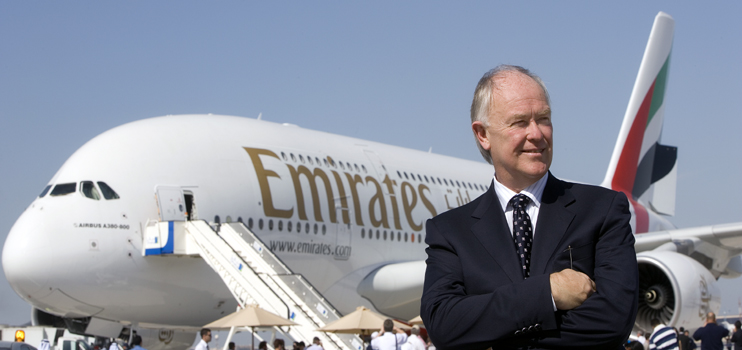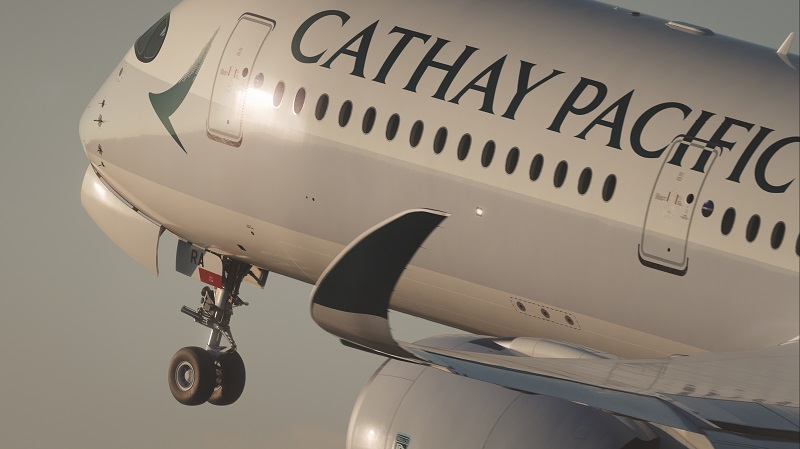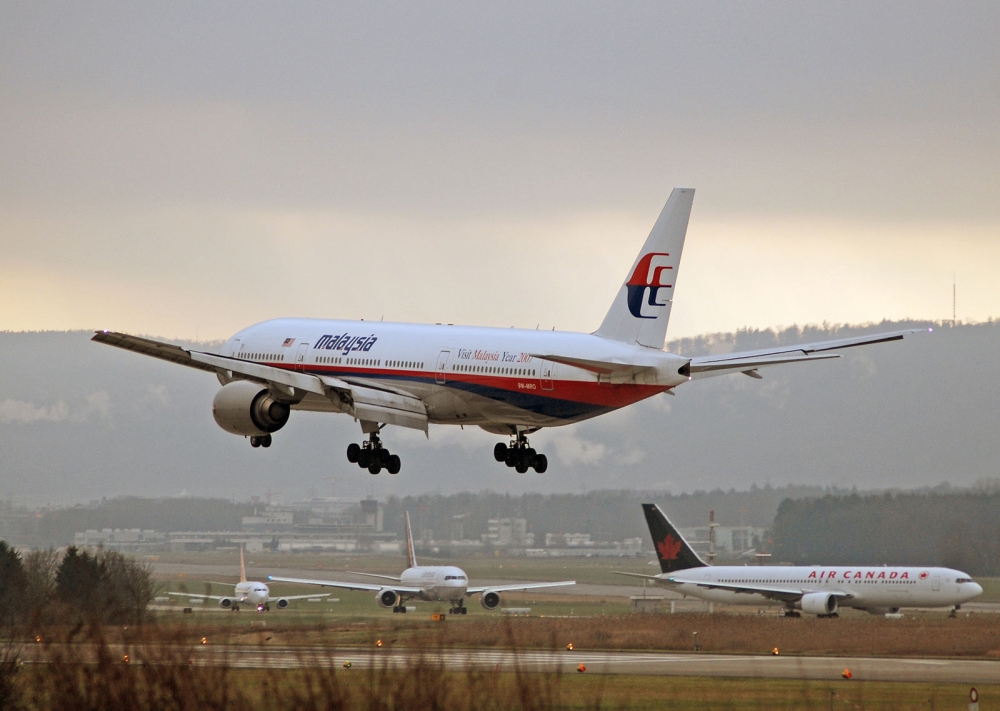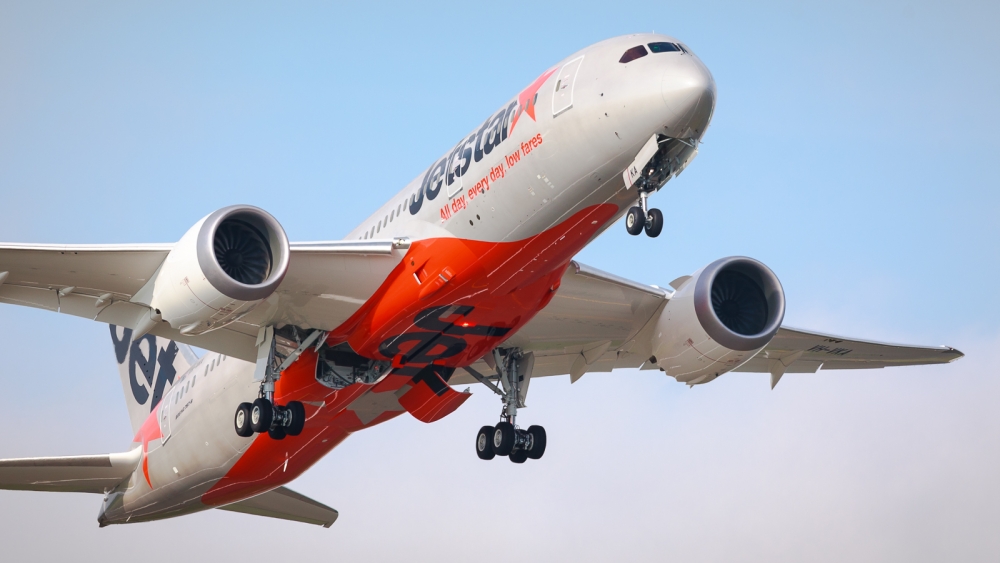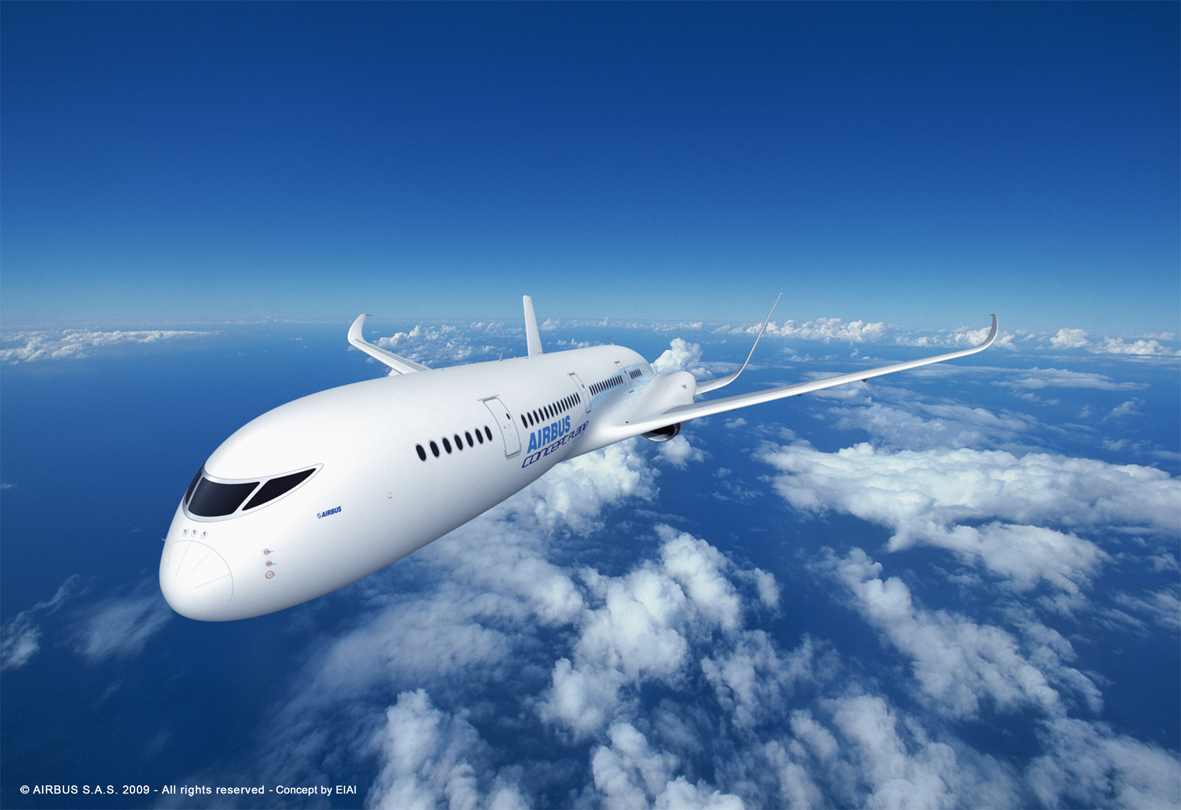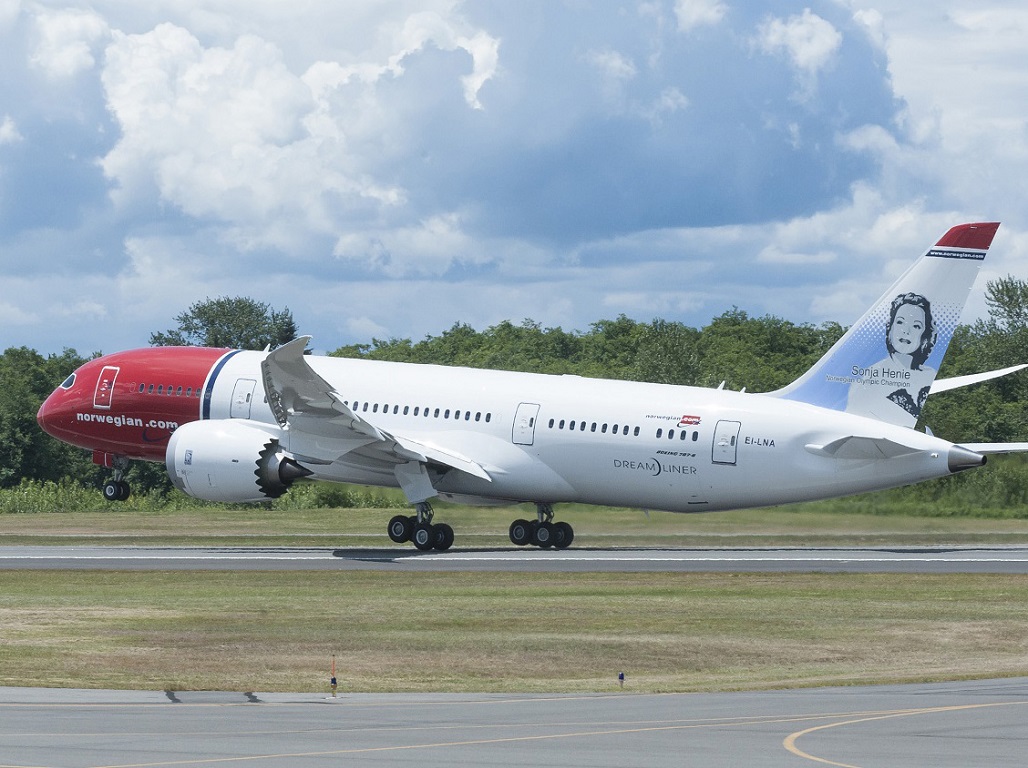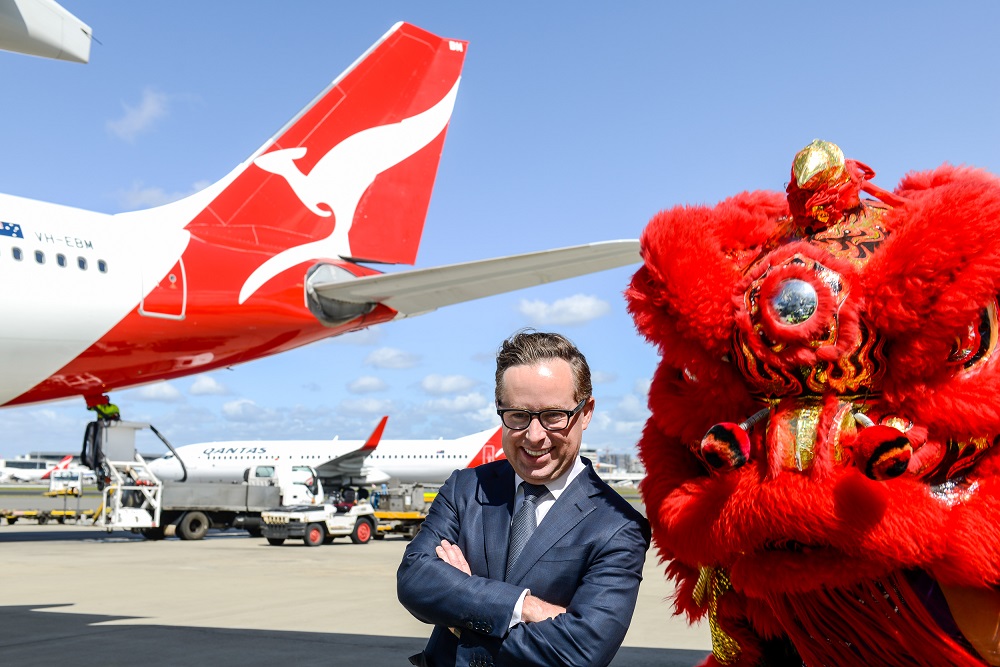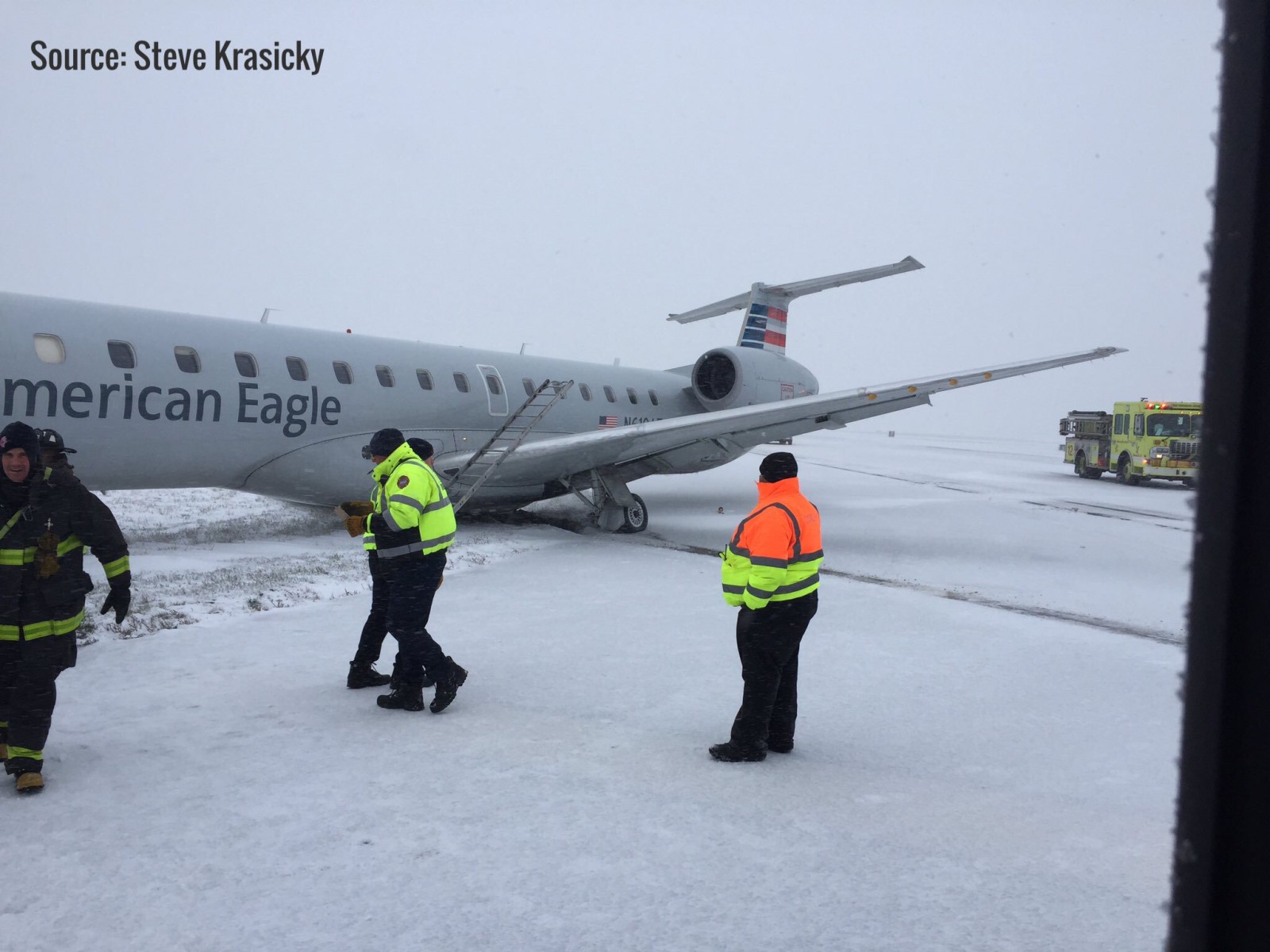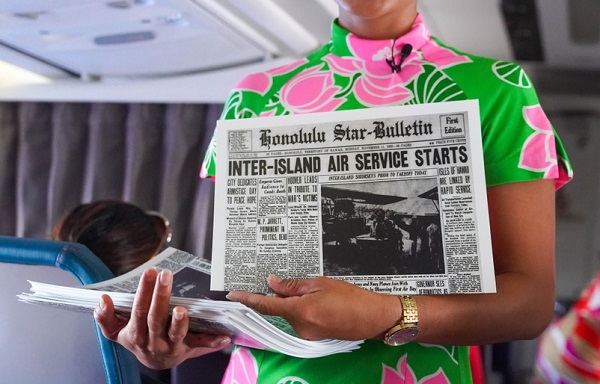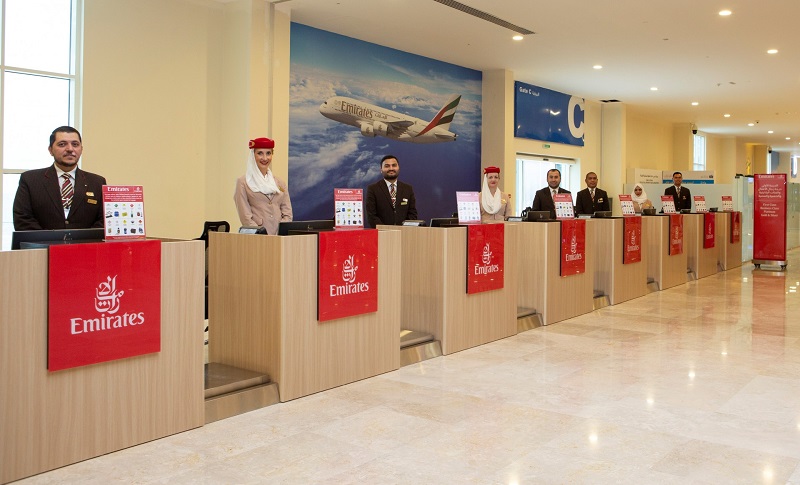Emirates’ President Sir Tim Clark has always been a strong advocate of the A380 and says Airbus will rue the day it cancelled the superjumbo program.
In an exclusive interview with Andreas Spaeth in Berlin on the eve of his upcoming 70th birthday and ahead of the Dubai Air Show, he reflected on the past, present and future of the A380 in the first of a two-part series.
Emirates Airlines was the sole driving force behind the Airbus A380. Its 113th A380 was delivered on November 11 and 10 aircraft are still to come before the program is finally shut down.
EXCLUSIVE: Emirates warns manufacturers to lift their game

READ: Airbus leads with electric aircraft
The CEO of Air France has recently disqualified the A380 as having always been difficult and now obsolete. What is your take on this?
Clark: The A380 was a misfit for Air France. They never scaled, they only have ten aircraft. Yes, we faced the same teething problems, but we dealt with them because we were scaled enough to deal with it. If you’ve got a sub fleet of 10 it’s a bloody nightmare and the costs go through the roof, she is absolutely right. But if you got a hundred of them it’s a bit different. Your unit costs in operating with that number are a lot lower than having just ten. Secondly, look at their interior. What did they actually do to shock and awe their market community with that A380 when it came to market? Why was it that it was Emirates, who took it after Singapore Airlines, that it lit up the planet in terms of showers and bars and big TV screens? We did it for a very well calculated reason. Not to blow our trumpet. But simply we had taken a huge risk and huge investment. To belittle that investment by putting in a Business Class seat of 1990s-think and a First Class of 1980s-think and Economy Class seating and IFE of 1990s-think was not something we would have done, like Air France. The whole approach to the A380 at Air France and Lufthansa was ‘just more of the same.’ They lost the opportunity to really define it. They never ordered any more. British Airways didn’t order any more. BA should have had the same number of A380s as we have, hundred of those. They got 62 million people in the UK and a congested Heathrow hub, that should have worked easily.

Where would Emirates be today without the A380?
Clark: We would have faced slot compression at Dubai. We would operate a lot less ton and seat kilometres than we are today. That’s why we are the largest international airline in the world – because we have 113 A380s. If you look at the economic landscape of the mid-1990s into which the A380 was born, it was absolutely the right thing to do, nothing wrong with it. From concept to delivery it took Airbus 12 years, that’s too long, that cycle in our business is dangerous. Unfortunately, it then came in at exactly the wrong time. It’s a pity.
Would a different timing for the A380 have made a difference?
Clark: In the mid-1990s demand for air travel was skyrocketing, margins were very strong. We could see our slot constraints in London-Heathrow were really biting us in the backside. And that’s exactly what’s happening now. I have six A380s daily into Heathrow and they are all full. If I had the never-built, bigger A380-900 with the same six slots I get, they would be full as well. The A380 came into service with us in 2008, which was when fuel prices skyrocketed up to $US145 a barrel. Between 2008 and 2010 the airline industry went into meltdown. This aircraft never had a chance, as the people in charge at the top of the world’s big airlines were very risk-averse. It was Emirates that kept the whole thing going. It was unlucky. Had it come out in 2004 you would have had more orders then. Maybe it needed someone like me to persuade our shareholder to buy 150 of them. Most carriers were buying three, four or ten if they were lucky.

So industry evolution has now overtaken the A380?
Clark: If you try to fit the A380 into the current thinking of the airline community, with multiple airline failures recently, you can see why nobody wants to buy the A380, so it had to come to an end. The modern-day CEO and their boards are now used to smaller aircraft which they prefer because they don’t have to make the decision to buy a $US350-400m aircraft. They can buy one for $US160m and it’s fuel-efficient and ticks the box.
Does the A380’s size still matter in route economics?
Clark: When I fly an A380 from Dubai to Los Angeles with 515 people it burns 13 tons of fuel an hour, about 200 tons for the trip. A Boeing 787-9 in our configuration would be carrying 230-240 passengers. With two flights of the 787, which burns half the fuel, with the number of seats available, the fuel cost per seat on the A380 is cheaper than on the 787. I still believe today with what’s happening in Dubai and happening in the global markets that there is still a place for that aeroplane. The A330neos and the A350s are the next step to move ahead again to feed those A380s. It’s a no-brainer.
After you only signed the contract to buy more A380s in February last year, all then unravelled fairly quickly afterwards. How come?
Clark: In November 2018 we had a grown-up discussion with Toulouse. It was clear to us that Toulouse was struggling with the aeroplane. They would have continued to build it but on a bespoke basis which would have cost a fortune. We said: ‘We know you are suffering, we are not. The aeroplane is doing fine for us.’ If they want to talk, fine, if not, we stick to our orders. And they wanted to talk.
Were you satisfied with the A380’s reliability?
Clark: The A380 has now dispatch reliability of 99.5 per cent for us since the last five months, after eleven years, but I need that at the start. We had only 90 per cent dispatch reliability with the A380 in the early days. She does four to five cycles a day, on the second day the aircraft would break down.
Will there be second thoughts at Airbus about terminating the A380 program?
Clark: Airbus will rue the day that they cancelled the A380. As we reset the global economy, which is happening now, demand will pick up again. But your problems will still be the same, your airports aren’t growing at the pace they need to grow with passenger increases of 4 per cent a year, 160 million extra people come to the industry every year. The A380 will come back into its own again on the massive trunk operations. But the difficulty is you only have 250-seaters to cope with demand. So what will happen is that the supply of seats will be reduced, prices will go up. In the middle of the next decade, airfares will rise significantly – as the A380 had 517 seats while the 777-9 has only 380 seats.

When and how will you start to phase out the older A380s?
Clark: Two A380s that we have identified to be most economic for us will be taken out of service in 2020. The first A380 delivered, registered A6-EDA, will only drop out in 2021 or 2022. That’s because of the financial arrangements with those aircraft, some of which are leased. There is a plan to bring us down over the next decade to recognize that they can’t fly forever, unfortunately, and cost of maintenance will rise as they get older. We have to do some major landing gear changes, originally after ten years of service, we pushed it out to twelve years. We need to rob the gear of those rather than spend $US25m for new gear. We just take them off those retired aircraft and recycle their gears. To take the gear out to overhaul it, you got to have a replacement gear, otherwise, both aircraft don’t fly. The lessors have to decide what to do with the aircraft we return to them. You never know, we may decide we want them back again. But we’ll give them a price that we are determining, not them. Otherwise,, they’ll sit on the ground doing nothing.
What is your vision for the A380s in your fleet going forward?
Clark: We will still have 90, maybe a hundred A380s flying by the end of the next decade and will be flying the A380 until the early 2030s. Probably 40 to 50 of the current A380s are leased and will go back to lessors. There is no second-hand market. If we decide we need them, then we will pay them a price we can afford. If they don’t want to do this we won’t do it, because the 777Xs will be there. When there is an uptick in demand from 2022 onwards with annual growth of 4-6 per cent in passengers again we might find we would want to keep those A380s, as, without them, slot constraints will become even worse.















